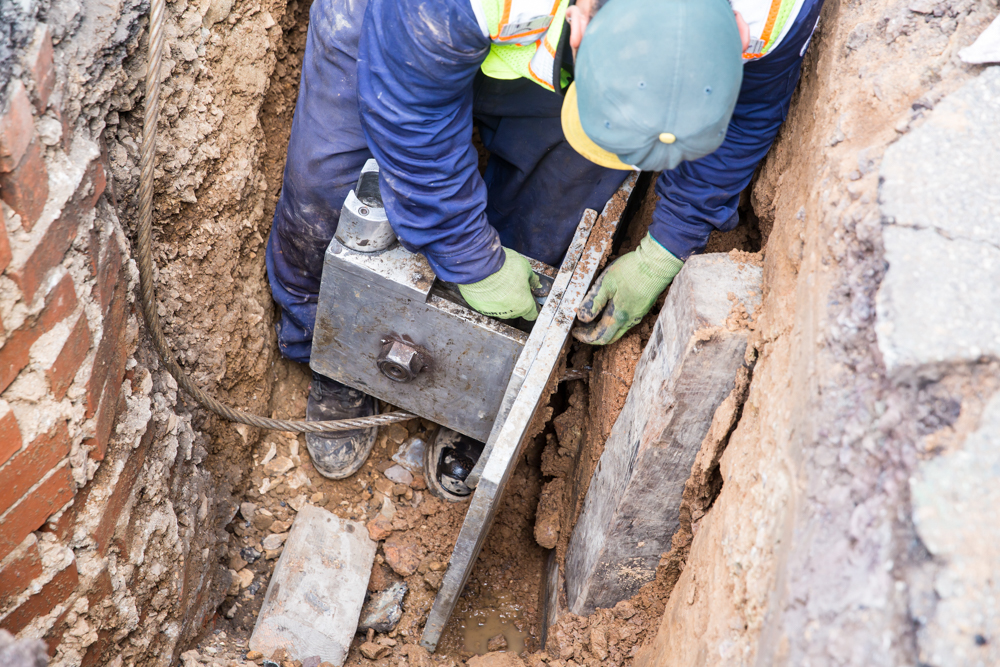
Sewer line repair or replacement is physically demanding work and not visible to us above ground. Though we have tools that help us gather information about where the sewer line is located, its depth, surface areas that need to be restored, and other utilities in proximity, the total story is not revealed until we dig the ground up where necessary to complete the project.
Construction is inherently dangerous, and safety must be top priority to complete the work without property damage and bring your people home safely every day.
This brings us to confined spaces and the requirement every company involved with putting people in high-risk situations train and certify for this type of work to demonstrate that they understand the rules for safe practices and how to look out for danger in the work setting. All of Pipe Spy’s employees are certified in confined space safety, and we would like to share its importance.
What is a Confined Space?
Confined spaces are excavations that are five feet or deeper. Examples of confined spaces include manholes, stacks, pipes, storage tanks, trailers, tank cars, pits, sumps, hoppers, and bins. Entry into confined spaces without proper precautions could result in injury, impairment, or even death due to:
- atmosphere that is flammable or explosive
- lack of sufficient oxygen to support life
- contact with or inhalation of toxic materials
- general safety or work area hazards such as steam or high-pressure materials
What are Some Best Practices for Confined Space Safety?

Following are best practices to ensure confined space safety:
- Confined spaces must have certified personnel present to ensure safe access and egress.
- Certified entry supervisors are also required to direct entry and exits, protect the person in the hole, and document the confined space permit.
- Excavations must be properly shored to prevent cave-ins.
- Gas monitors must be used to identify the potential presence of toxic gases and monitor proper air supply to ensure an oxygenated environment.
- Even with good safety in place for crews working in this capacity, there should be rescue crews assigned to jump into action in the event of an emergency. Rescue crew members must have several hours of training in drills and simulations as well as particular training in emergency response and CPR certifications.

What Should You Do if You Hire a Sewer Repair Contractor for a Confined Space?
If you hire a contractor for sewer repair, and the work involves an excavation of five feet or more, confirm they have personnel that are trained and certified in confined space entrants. Ask to see their certified pocket card issued upon successful training. This training is required to be renewed every two years to keep the workers’ certification active.
Remember taking a few extra steps to notice if your contractor operates safely not only ensures they’re completing your project properly, but gives you peace of mind for the safety of you, your property, and your neighbors.
Our team is happy to answer any safety issue questions you have. Feel free to get in touch with the experts at Pipe Spy before we begin your trenchless sewer replacement!
